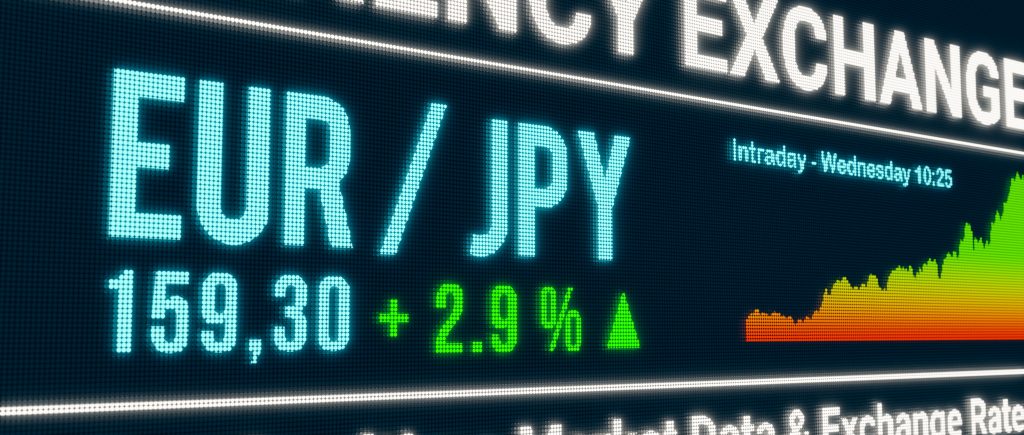The Euro weakened against the Japanese Yen, with the EUR/JPY pair trading just above 172.00, down from its multi-year high of 173.25. Escalating EU-U.S. trade tensions, led by U.S. Commerce Secretary Howard Lutnick and Treasury Secretary Scott Bessent, alongside Japan’s post-election stability under Prime Minister Shigeru Ishiba, are driving market dynamics. With the European Central Bank’s (ECB) rate decision looming on Thursday, policymakers must provide clear trade and monetary signals to stabilize currencies and mitigate economic disruptions.
Trade Tensions Strain the Euro
U.S. tariff threats, targeting $1.96 trillion in EU imports with 15%–20% duties starting August 1, are pressuring export-driven economies like Germany. The International Monetary Fund projects a 0.5% global GDP reduction from these tariffs, weakening risk appetite and the Euro. Lutnick and Bessent, leading U.S. trade negotiations, aim to enforce these duties, escalating tensions after stalled EU-U.S. talks. The ECB’s Monday business survey shows modest optimism among Eurozone firms but highlights profit margin pressures, reinforcing expectations of a cautious ECB stance, with a potential rate cut signaled for late 2025, further weighing on EUR/JPY.
Japan’s Political Stability Supports Yen
Japan’s election results, despite Shigeru Ishiba’s coalition losing its upper-house majority by three seats, have bolstered the Yen. Ishiba’s likely continuation, supported by smaller parties, ensures focus on U.S. trade talks to avoid a 25% tariff on Japan’s exports. Negotiations with Lutnick and Bessent are critical, as Japan seeks to de-escalate tensions before the August 1 deadline. This political clarity strengthens JPY as a safe-haven, contributing to EUR/JPY’s retreat from 173.25, though the pair holds above its 20-day Simple Moving Average at 170.88.
Monetary Policy and Global Markets
The ECB’s upcoming decision is pivotal, with markets expecting rates to hold steady amid 2.3% inflation, per Eurostat, but seeking hints of future cuts. The Federal Reserve’s June FOMC Minutes, released July 9, indicated 78% odds of a September cut per CME FedWatch Tool, influencing global sentiment. The U.S. Dollar Index (DXY) at 97.64 reflects safe-haven demand, with USD/JPY near 147.00, GBP/USD at 1.3600, and AUD/USD above 0.6500 on hawkish Reserve Bank of Australia signals. Commodities show mixed trends, with WTI crude oil at $69.00 per barrel and gold at $3,300, pressured by rising U.S. yields.
Technical Outlook for EUR/JPY
EUR/JPY’s consolidation above 172.00 signals waning bullish momentum, with the Relative Strength Index exiting overbought territory. The pair’s bullish structure persists above the 20-day SMA at 170.88, but a break below could target 169.30 or 166.20. A move above 173.25 could push toward 175.00. The DXY’s strength may cap JPY gains if trade talks progress, but tariff risks remain a key driver.
Path to Currency Stability
EUR/JPY’s decline to 172.00 reflects EU-U.S. trade risks and Japan’s political resilience. EU leaders must advance negotiations with Lutnick and Bessent to mitigate tariff impacts, while the ECB should clarify rate plans to support the Euro. Ishiba’s government is practically seeking to secure favorable U.S. trade terms to sustain JPY strength. Investors should monitor the ECB decision, U.S. trade developments, and Canadian jobs data on July 11. Without coordinated policy actions, EUR/JPY risks falling to 169.30 by late July, threatening global currency stability.

 Noor Trends News, Technical Analysis, Educational Tools and Recommendations
Noor Trends News, Technical Analysis, Educational Tools and Recommendations




